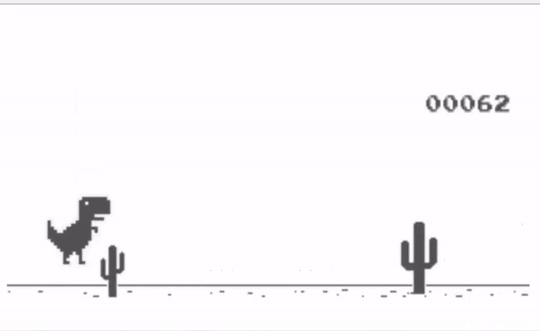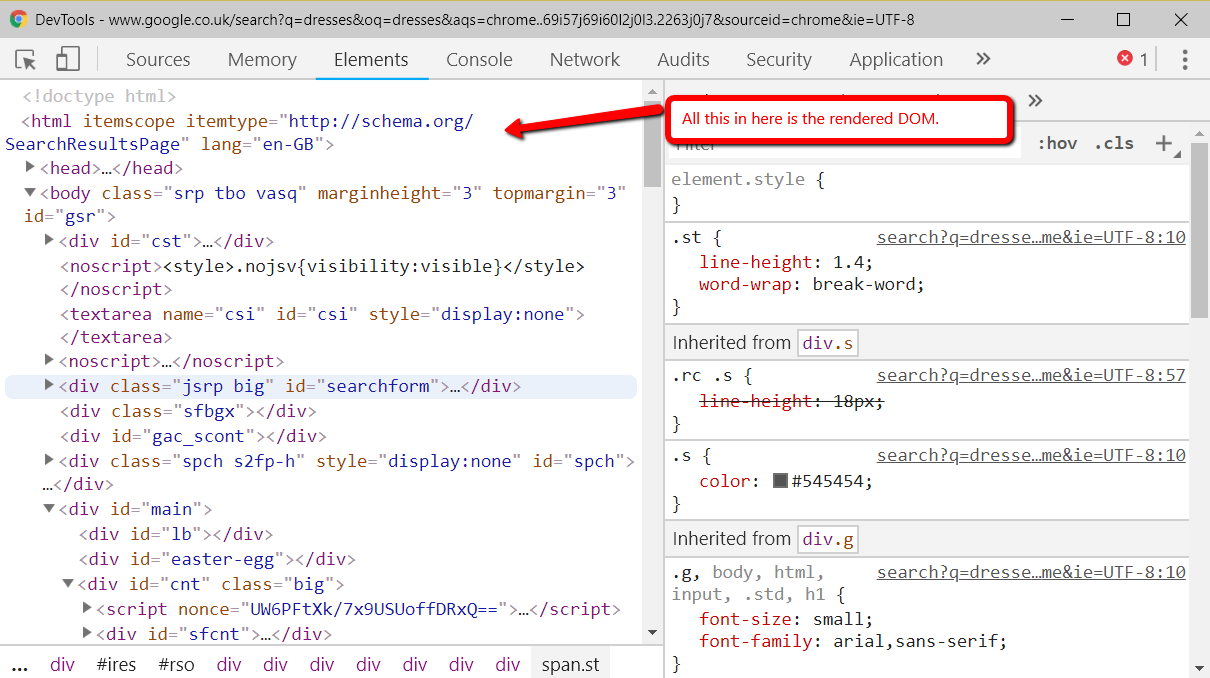

Many applications are designed to work this way so that if a worker process get unresponsive, it can be restarted without stopping other processes which are running different parts of the application. If two processes need to talk, they can do so by using Inter Process Communication ( IPC). When this happens, different parts of the memory are allocated for the new process. Figure 5: Diagram of a process using memory space and storing application dataĪ process can ask the Operating System to spin up another process to run different tasks. When you close the application, the process also goes away and the Operating System frees up the memory. The Operating System gives the process a "slab" of memory to work with and all application state is kept in that private memory space. The program might create thread(s) to help it do work, but that's optional. When you start an application, a process is created. A thread is the one that lives inside of process and executes any part of its process's program.

A process can be described as an application’s executing program. # Executing program on Process and Thread Figure 4: Process as a bounding box, threads as abstract fish swimming inside of a processĪnother concept to grasp before diving into browser architecture is Process and Thread. Machine Hardware at the bottom, Operating System in the middle, and Application on top. Figure 3: Three layers of computer architecture.

Usually, applications run on the CPU and GPU using mechanisms provided by the Operating System. When you start an application on your computer or phone, the CPU and GPU are the ones powering the application. In recent years, with GPU-accelerated computing, more and more computation is becoming possible on GPU alone. This is why in the context of graphics "using GPU" or "GPU-backed" is associated with fast rendering and smooth interaction. As the name suggests, it was first developed to handle graphics. Unlike CPU, GPU is good at handling simple tasks but across multiple cores at the same time. Graphics Processing Unit - or GPU is another part of the computer. # GPU Figure 2: Many GPU cores with wrench suggesting they handle a limited task In modern hardware, you often get more than one core, giving more computing power to your phones and laptops. A core is like another CPU living in the same chip. In the past most CPUs were a single chip.
#GOOGLE CHROME UPDATE 2018 NOT ON MY COMPUTER HOW TO#
It can handle everything from math to art while knowing how to reply to a customer call. A CPU core, pictured here as an office worker, can handle many different tasks one by one as they come in. The CPU can be considered your computer’s brain. # CPU Figure 1: 4 CPU cores as office workers sitting at each desk handling tasks as they come inįirst is the Central Processing Unit - or CPU. In order to understand the environment that the browser is running, we need to understand a few computer parts and what they do. # At the core of the computer are the CPU and GPU If you are familiar with the idea of CPU/GPU and process/thread you may skip to Browser Architecture.


 0 kommentar(er)
0 kommentar(er)
